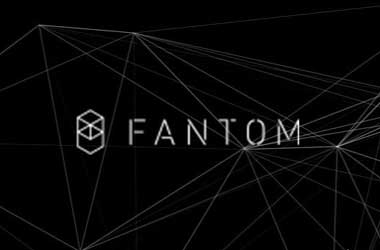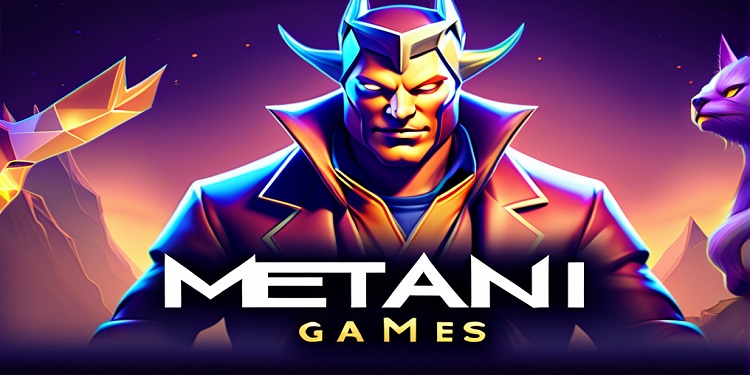 The blockchain data platform Pocket Network and Fantom have formed a strategic alliance. Fantom will get network capacity from Pocket Network as part of the agreement. A further benefit of the arrangement, says Fantom, is that it will allow the network to undertake daily transmissions.
The blockchain data platform Pocket Network and Fantom have formed a strategic alliance. Fantom will get network capacity from Pocket Network as part of the agreement. A further benefit of the arrangement, says Fantom, is that it will allow the network to undertake daily transmissions.
As a co-founder and chief executive officer of Pocket Network, Michael O’Rourke spoke against the dangers of centralized remote procedure call (RPC) service providers.
He further stated, “Fantom’s decentralization will be brought about via Pocket Network’s whitelisting of backing for the network with the 0049 relay chain ID.”
The Fantom blockchain is now supported by Pocket Network, allowing programmers to create Fantom RPC endpoints straight from the Pocket interface. Additionally, node operators will be able to generate its own blockchain protocol utility token, $POKT, for serving Fantom traffic from various application tools and services.
Michael Kong, CEO, Fantom Foundation, said “Pocket Network’s RPC on Fantom will help construct a censorship-resistant and decentralized framework for the future of the platform.”
Fantom RPC will be decentralized thanks to Pocket Network’s adoption of the blockchain, which will enable the middleware protocol to decentralize the RPC layer and give a second layer of full-node incentives through its $POKT tokens, according to the business. Load balancing and built-in redundancy will be provided by the Pocket Network protocol layer, making it impossible for central RPC providers to reproduce.
According to Pocket Network infrastructure creator Alberto Jauregui $FTM payments were exclusively given to Fantom nodes that validated and maintained consensus.
He stated, “In addition to providing an RPC service for programmers, Fantom’s full-node runners will be able to make money via POKT, which will help grow the Fantom network.”
For Web3 apps running on 45 different blockchain networks, such as Polygon, Solana, Fuse, and Avalanche, Pocket Network delivers blockchain bandwidth from its globally dispersed network of more than 44,000 complete nodes.








